Junior Brianna Candia feels a hand grasp her shoulder as a random person in the hallway says “Hey Brittney!” leaving her in an array of confusion and awkwardness. Thinking to herself, Brianna comes to the conclusion that may have been one of the friends of her identical twin Brittney Candia. Similarly, juniors and twin brothers Carter and Brandon Beasley also experience others mistake the two for one another.
“What bothers me is when they’ll stop me in and the hall and sometimes hug me,” Brianna said. I don’t even know them.”
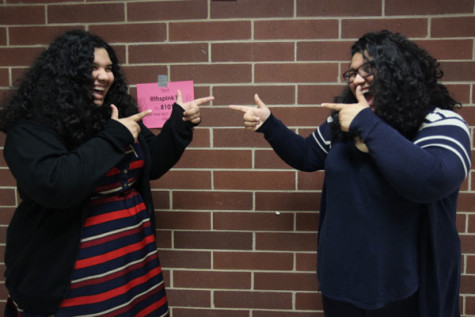
Although identical twins’ genes are the same, studies show that personality development can diverge between twins based on their environment and surroundings.
“I know that if I was not with my sister, I [would be] really quiet and reserved,” Brianna said. “As for Brittney, she said that she became very outgoing. No matter where [Brittney] goes, she can make friends with anyone, even adults.”
As junior Iva Galvan grows closer to the Candia twins, she notices personality differences. Galvan says Brianna acts more laidback and has a much more straightforward and serious approach, while Brittney’s outgoing and loud personality creates a great division between their similarities. Their contrasting personalities may ultimately benefit each other in the end.
“Most twins that I have met are extremely similar and do the same things, but these twins are the same but very different at the same time,” Galvan said. “They make an effort to differentiate themselves.”
Personalities can be judged not only socially, but also academically. When it comes to the Beasley twins, Carter takes his academics very seriously, but Brandon tends to behave more studious in and out of the classroom.
“Brandon will be doing homework and I’ll just watch TV,” Carter said.
Even though their attitudes contrast while learning, both sets of twins like to learn with people and favor when the material is in front of them.
“I like to be with other people,” Carter said. “It’s kind of hard to learn by myself.”
Some parents worry about their twins not establishing separate personalities from being in the same classroom because constant comparisons can be made by other people which can harm their self-esteem. Consequently, the feeling of separation takes a toll on the twins, because they are together most of the day.
“The class has an indescribable feeling,” Brandon said. “I can feel Carter’s presence, even when he’s not there.”
According to The Twin Project at The University of Texas, only 32 out of every 1000 people are either fraternal or identical twins. The Candias experience similar situations like other twins around the world such as mix-ups and they’re always asked the famous question, “Are y’all twins?” For the Candia twins, mix-ups can cause irritation and conflicts.
“When people get us confused and they call me Brianna, it bothers me all the time,” Brittney said. “Especially when a person knows me longer than my sister.”
Twins learn to adapt to the repetitive nonrecognition when someone tries to get their attention.
“Most of the time, I hear ‘Carter’ and I know he’s not in my class,” Brandon said. “So I turn around because I know they are trying to get my attention.”
One of the most common things that twins do together daily is homework. Twins benefit each other from being together in the classroom, because their natural competitiveness supports their academics.
“When someone doesn’t understand something, I’ll help Carter, he’ll help me and we’ll compare answers together,” Brandon said.
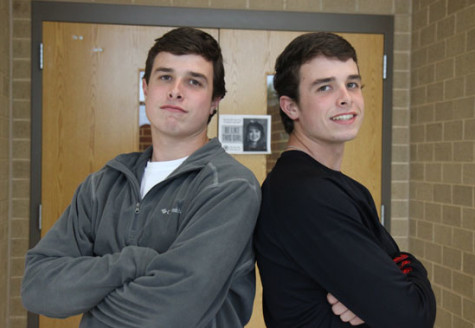
While most high school students form study groups, having a twin eases the struggle of seeking help and tutoring outside school. Confusion on assignments can be clarified and pushes toward the individuality of their work. Studies show that 59 percent of high school students admitted they copied or cheated on homework at any point in their life, so not getting immediate help on assignments can cause stress while copying serves as the easy way out. Twins always help each other and this avoids their want to copy a friend’s paper, because they have already discussed any questions or concerns.
“There are two different sides, like when someone doesn’t understand a concept, we’ll help each other out,” Carter said.
Occasionally, twins argue and fight, but that comes with the nature of being together all of the time. Despite their frequent arguments and differences, the Candia and Beasley twins have very close relationships. Having a twin can produce a tight bond that may not be discovered in the relationship of ordinary siblings. The Beasleys did everything together as children, and continue to share similar interests outside and inside of school.
“Carter’s my best friend in the whole wide world,” Brandon said. “We have so much in common, we get along and have been together forever.”


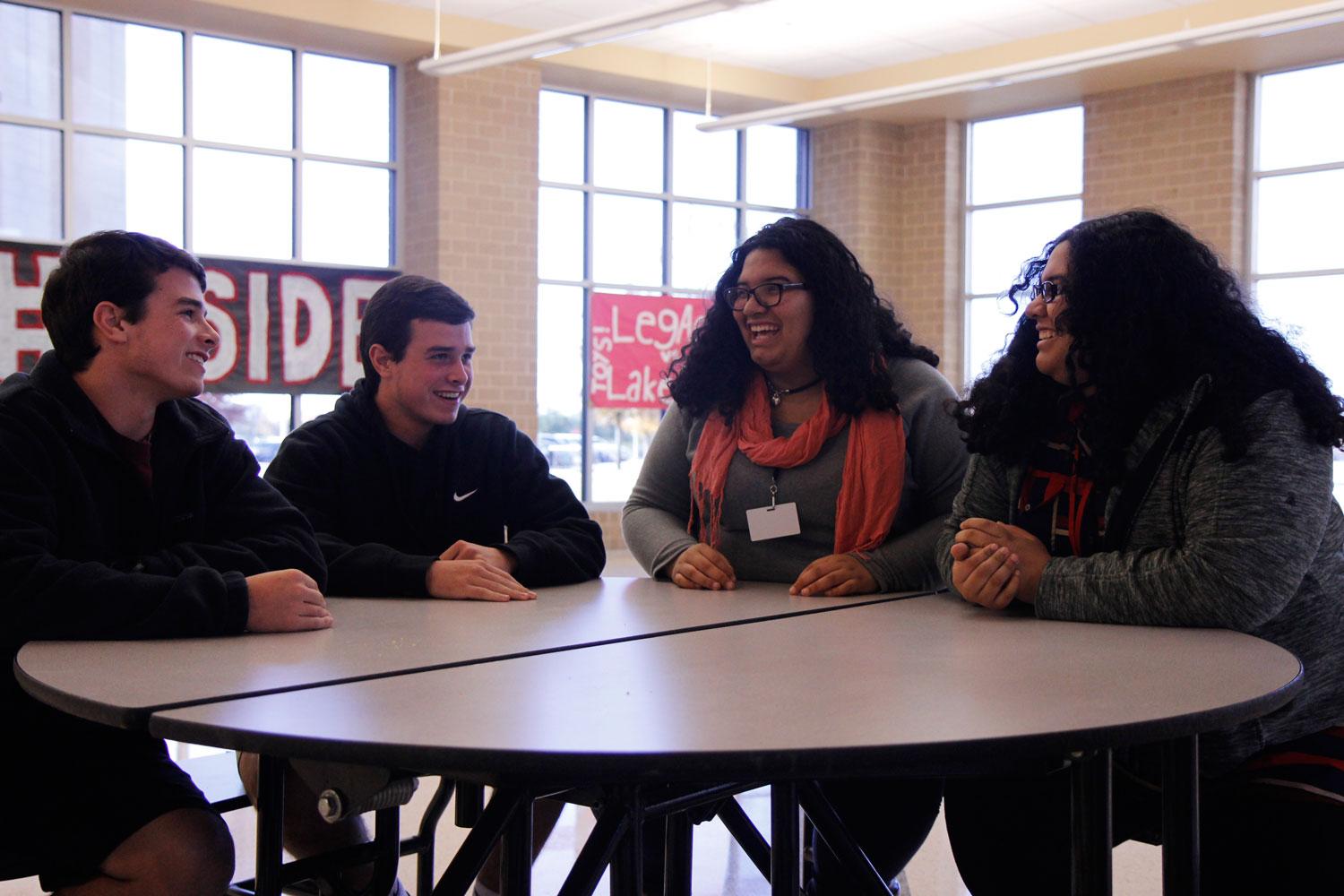

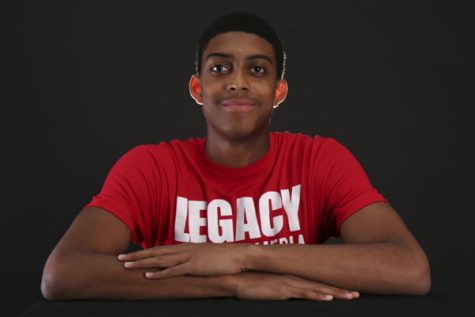
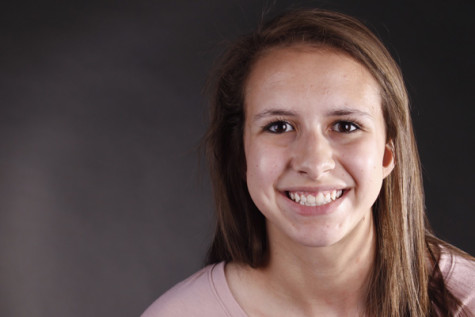
Michelle • Dec 18, 2015 at 12:03 pm
This is SO wonderful! Great job, Phillip! I love it